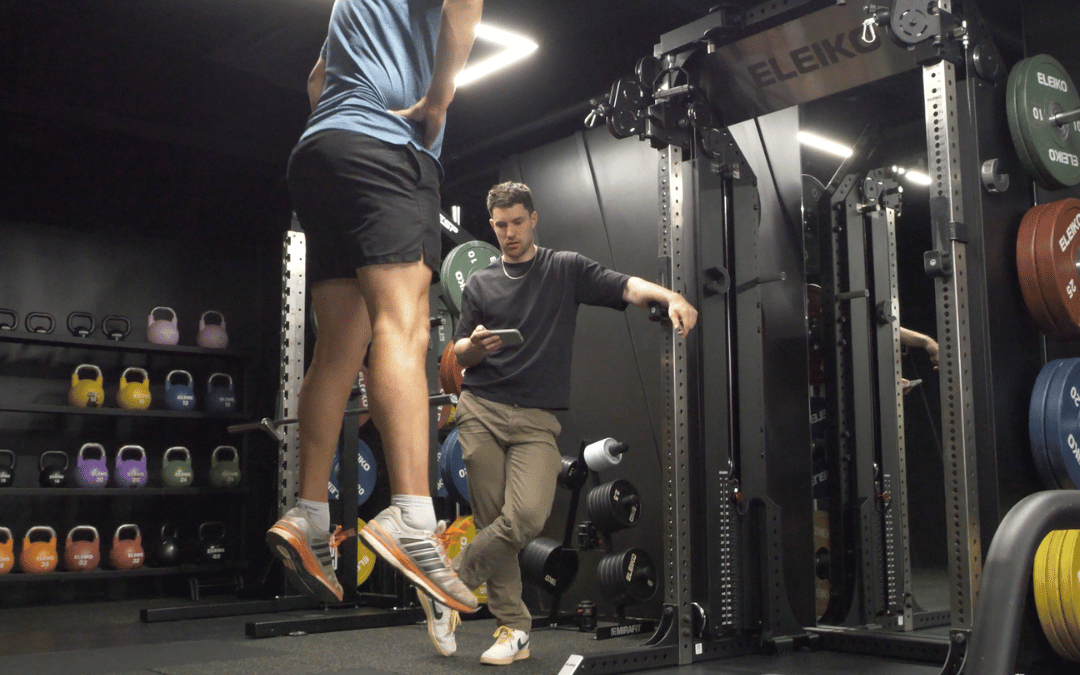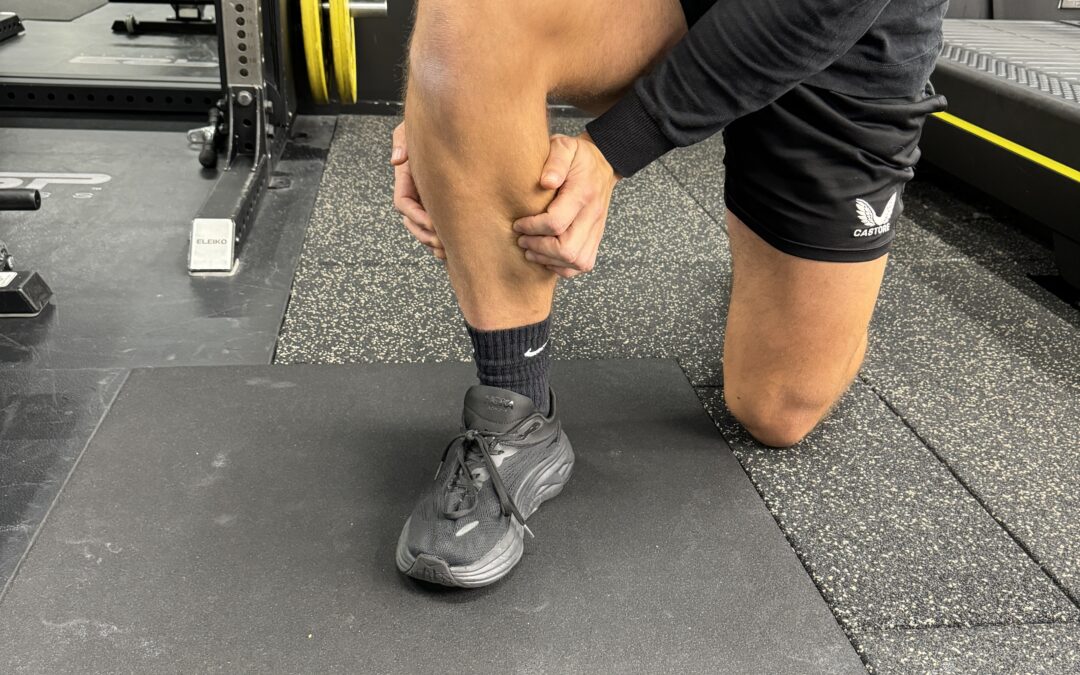Plyometrics: A Physio’s Guide to Boosting Performance and Recovery
Are you an athlete or fitness enthusiast looking to level up your training? You’ve likely heard of plyometrics. But what are they, and how can they benefit your fitness and recovery? In this guide, we’ll explore the fundamentals of plyometrics and how they can enhance your performance, improve strength, and aid in injury recovery.
What Are Plyometrics?
Plyometrics are high-intensity, explosive exercises designed to boost muscle power, speed, and efficiency. These movements focus on the stretch-shortening cycle (SSC), where muscles rapidly stretch and contract to produce explosive force. Examples include jumping, sprinting, and bounding. The goal is to increase neuromuscular efficiency, allowing your muscles to generate maximum force in a short period.
The SSC is composed of three phases:
- Eccentric phase: Muscles lengthen.
- Amortisation phase: The brief transition when the muscle switches from storing energy to releasing it.
- Concentric phase: Muscles shorten, creating explosive movement.
A shorter amortisation phase leads to a more efficient transfer of energy, maximising your force output.
Types of Plyometric Exercises
There are two main categories of plyometrics based on intensity:
- Low-Amplitude : Involve smaller, quicker movements, such as skipping or pogo jumps. These are great for beginners or those recovering from injury.
- High-Amplitude : Involve larger, more explosive movements like drop jumps or broad jumps, requiring a greater range of motion and force. These exercises are ideal for advanced athletes aiming to boost power and speed.
Foot contacts (how often your feet hit the ground) are typically used to prescribe plyometric workouts. Low-amplitude exercises can be performed in higher numbers since they generate less force than high-amplitude movements.
Plyometrics in Physiotherapy: Enhancing Recovery and Injury Prevention
While often associated with elite athletes, plyometrics also play a crucial role in physiotherapy. These exercises are highly beneficial for individuals recovering from injuries, particularly those looking to return to running or sports. Here’s how they can enhance both athletic performance and rehabilitation:
- Improve Power and Strength: Plyometrics build explosive power, helping athletes excel in sports like basketball, soccer, and tennis that require quick bursts of energy.
- Enhance Coordination and Balance: Plyometrics help retrain neuromuscular pathways, crucial for recovery after lower-limb injuries. Exercises like lateral jumps or bounding improve coordination and agility.
- Injury Prevention: Plyometrics strengthen joint stability and muscle control, reducing the risk of common injuries like ankle sprains, knee ligament damage, and muscle tears.
- Boost Bone Density: Low-impact plyometrics can stimulate bone remodelling, improving bone density, especially important for individuals recovering from injury or conditions like osteoporosis.
Plyometrics for Injury-Specific Rehab
Physiotherapists often incorporate plyometrics into rehab programs for specific injuries:
- ACL Rehabilitation: Studies show that adding jump training to injury prevention programs can reduce ACL injuries by up to 60%. Plyometrics help strengthen the muscles and ligaments surrounding the knee. See our ACL rehab blog Here!!!!
- Ankle Sprains: Multi-directional plyometric exercises improve proprioception (your body’s awareness in space) and ankle strength, accelerating recovery.
- Tendinopathy: Tendons are responsible for storing and releasing energy. Incorporating plyometrics into your rehab program can restore this function, aiding recovery from conditions like achilles tendinopathy.
Conclusion
Whether you’re aiming to boost your athletic performance or recover from an injury, plyometrics offer a powerful solution. By targeting strength, coordination, and neuromuscular efficiency, these explosive exercises can take your fitness to the next level while enhancing recovery and preventing injuries. Consult with a physiotherapist to integrate plyometrics into your routine safely.
References
Current concepts of plyometric exercises – Davies et al 2015
Injury prevention programs that include plyometric exercises reduce the incidence of anterior cruciate ligament injury: a systematic review of cluster randomised trials – Attar et al 2022
The effect of a high-impact jumping intervention on bone mass, bone stiffness and fitness parameters in adolescent athletes – Vlachopoulous et al 2018


